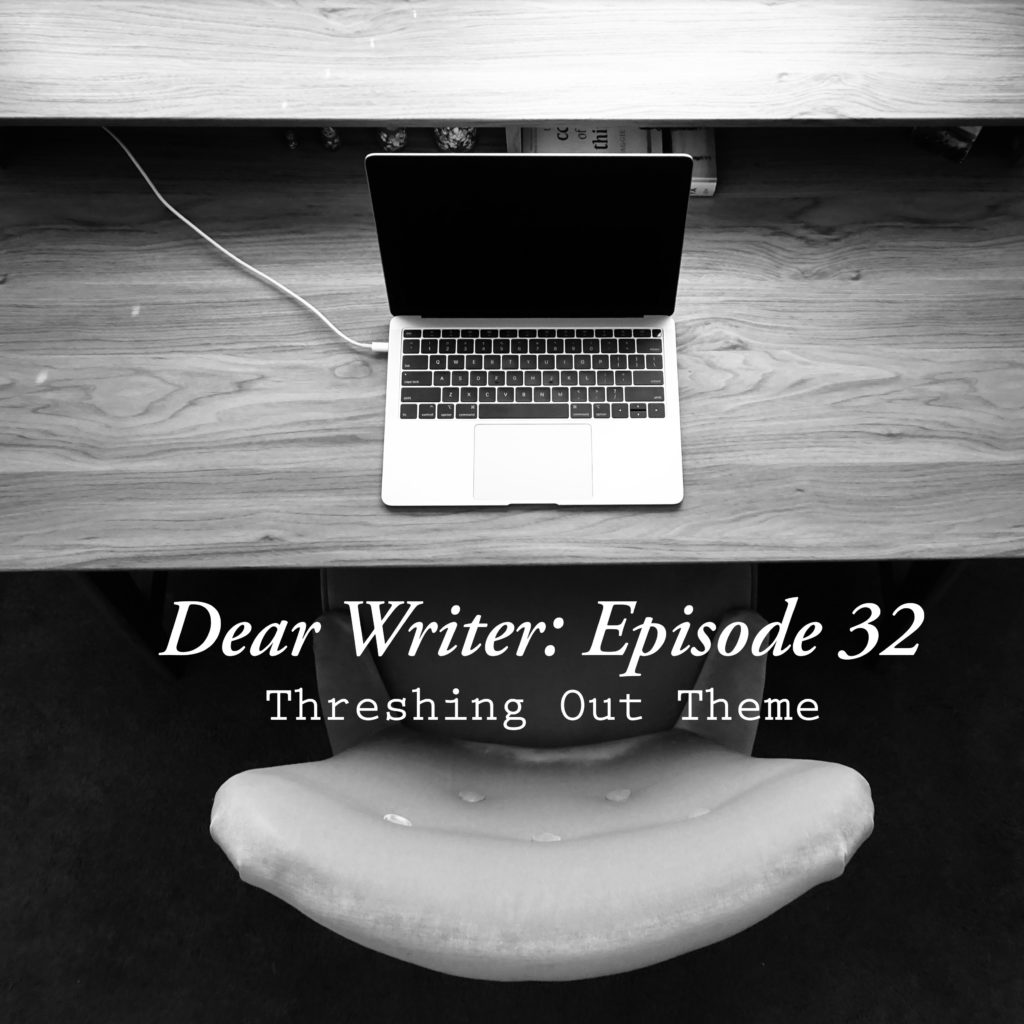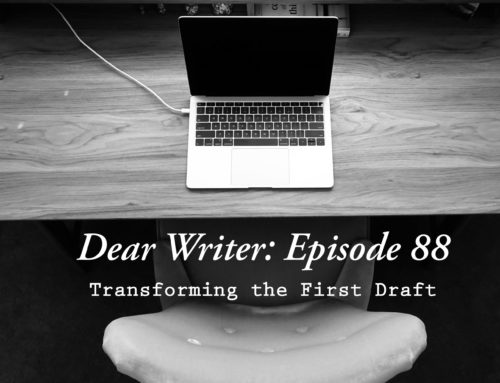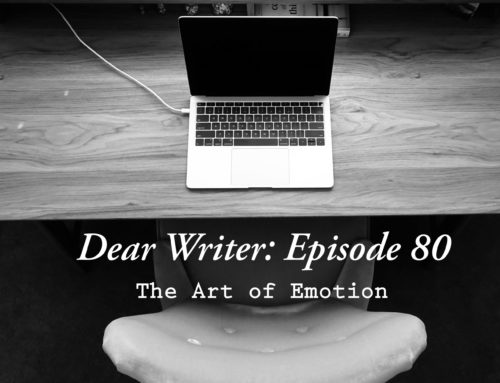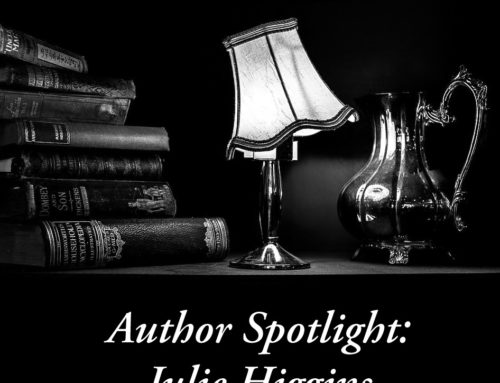Threshing Out Theme
On this month’s hour long episode, we deep-dived into theme and began threshing out what it really is and why it’s important. We talked about how we use theme and ways to deepen the theme without coming off as ‘preachy’.

Episode Summary
We started by discussing exactly what theme is, and our views as to why it is important to a novelist. Sarah discussed how theme is present in every story arc—whether it be a scene, a chapter, or the whole book. We both agreed that every book usually has a theme, and it would be starkly obvious if it didn’t. But it is important as it validates not only the character’s experiences, but the readers experience as they work through your book. Ashley added that it is in our humanity to seek ‘answers’ to life questions, and one of the ways we find this is through reading books that have a solid moral grounding, in other words, a theme.
Next, we talked about whether we purposefully create theme or whether we let it develop organically. The answer turned out to be a bit of a mix. Usually in the first draft, we let theme develop organically for the most part. But, because theme is so closely intertwined with character, we found that if we had an idea of the arc the character was going to take, and what they were going to learn, it often gave us hints of what could be a potential theme.
Then we talked about an interesting question: should novels only have one main theme? We talked about how readers bring their own perspective, and the themes they find in your book may not always be what you intended. But, we did think that the main theme emerges as the reader is viewing the book through the eyes of the character, and the character’s journey is most often what creates theme. Ashley voiced the thought that conflicting themes might be a problem, and Sarah had a go at explaining why themes might be in conflict. Usually, this is due to a character not being developed fully, and the writer not being clear on the direction the character is headed. We also talked about the antagonist’s role in providing contrast to the protagonist’s journey. Often, the antagonist is on a parallel but diverging path from the protagonist, which can show the negative consequences of their actions, and further serve to highlight the overall theme.
We then got into the nitty gritty—how do we imbue theme into our novels? We mostly do it through character change, but Sarah said that as this is usually done during the first draft, it’s in the edits where she puts in conscious effort. For this, she usually likes to use motifs or symbols to deepen the theme. She also talked about a structural writing book Save the Cat! Writes a Novel by Jessica Brody, which identified each book as having a ‘statement of theme’ within the first few chapters. Ashley talked about plot being pivotal in setting up situations where your characters can shine (or make mistakes).
In some research Ashley explored on theme, an article written by Margaret Atwood offered three ways to create theme. By having characters in conflict, by reinforcing the theme with motifs, or by representing the theme with symbols. We discussed some motifs and symbols we have used in our books, and our experiences of using them.
Finally, we talked about a common fear—is it possible to overdo theme and make it sound ‘too preachy’? Ashley reminisced over our earlier attempts at writing a novel, and how long monologues can often come across as too preachy, if you’re not careful. Sarah suggested staying away from using dialogue if at all possible, and if not to consider your character’s traits to determine if it’s appropriate. If the character is naturally introspective, you might be able to get away with a little more, but the trick is to slide it in naturally, and to have your character observe the situation rather than offer it from a ‘this is what I have learned’ type perspective. We also discussed how using specific situations and other characters can be helpful to reflect how much your character has changed, rather than having the character state it directly.





















Leave A Comment